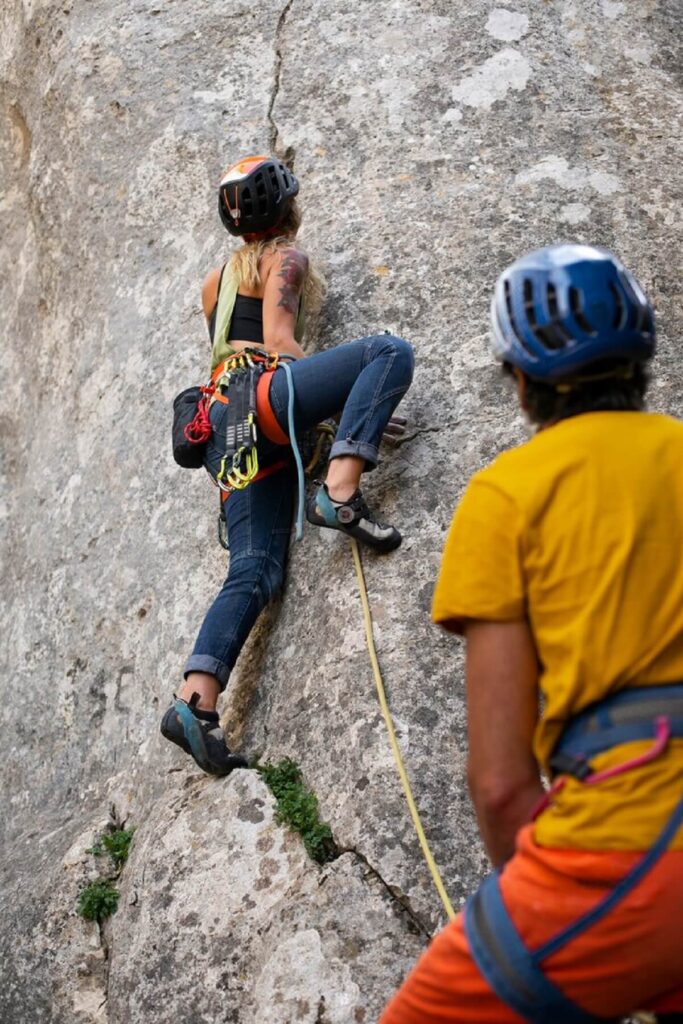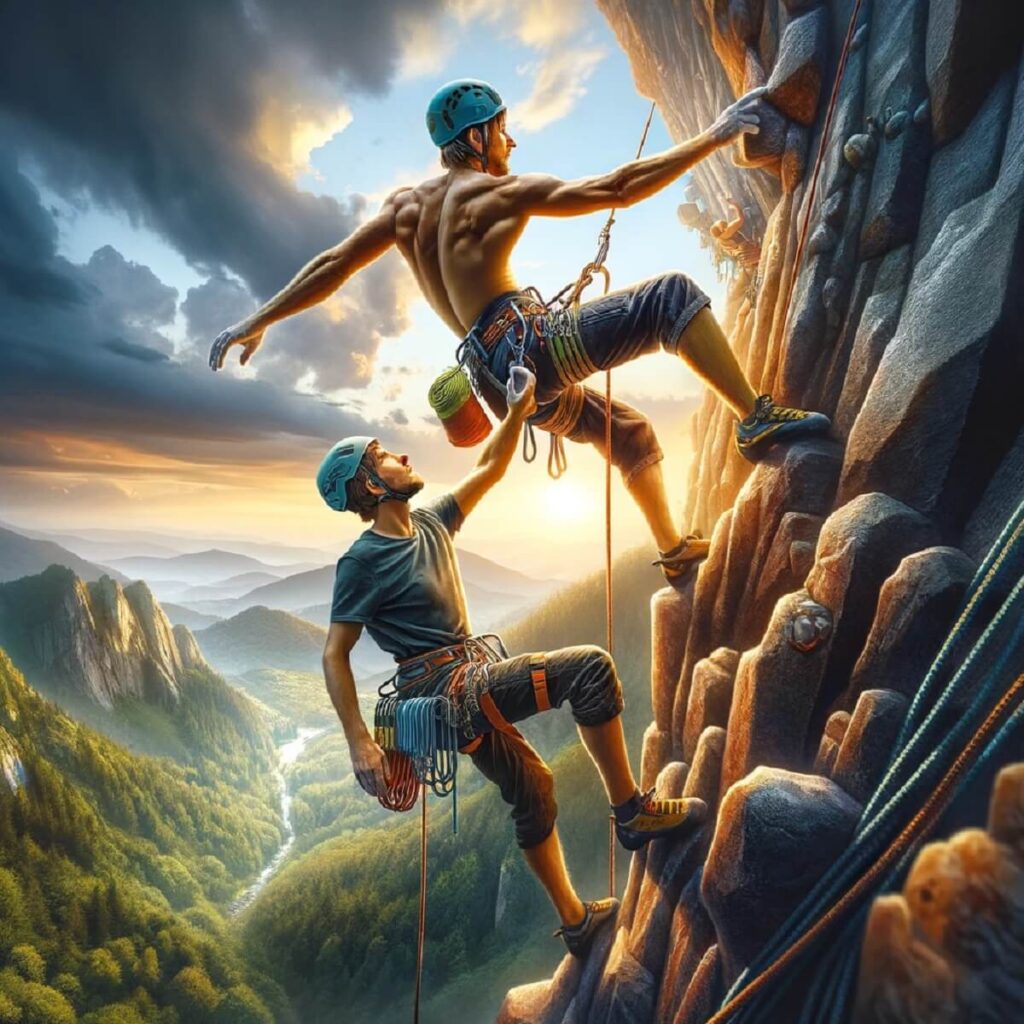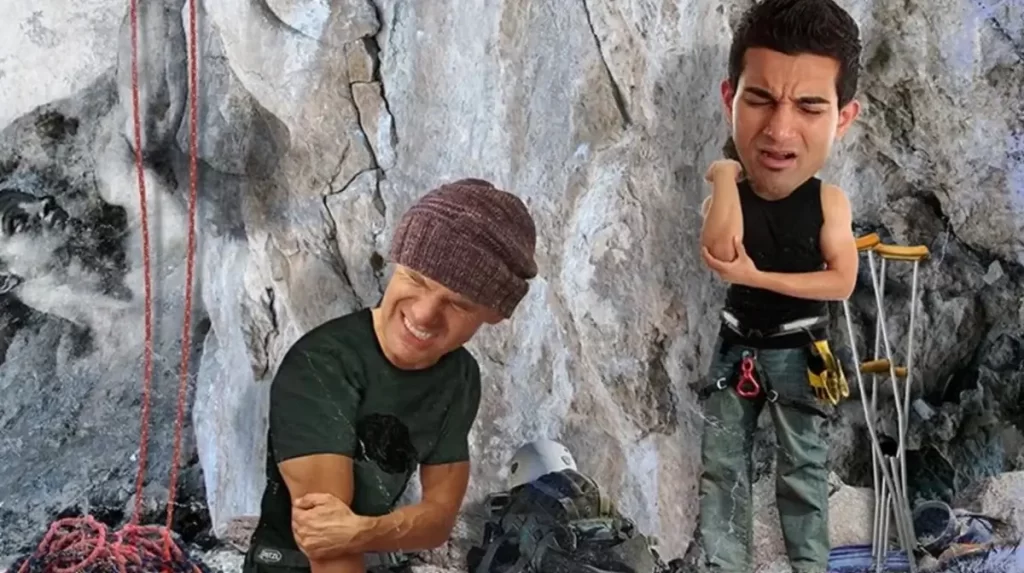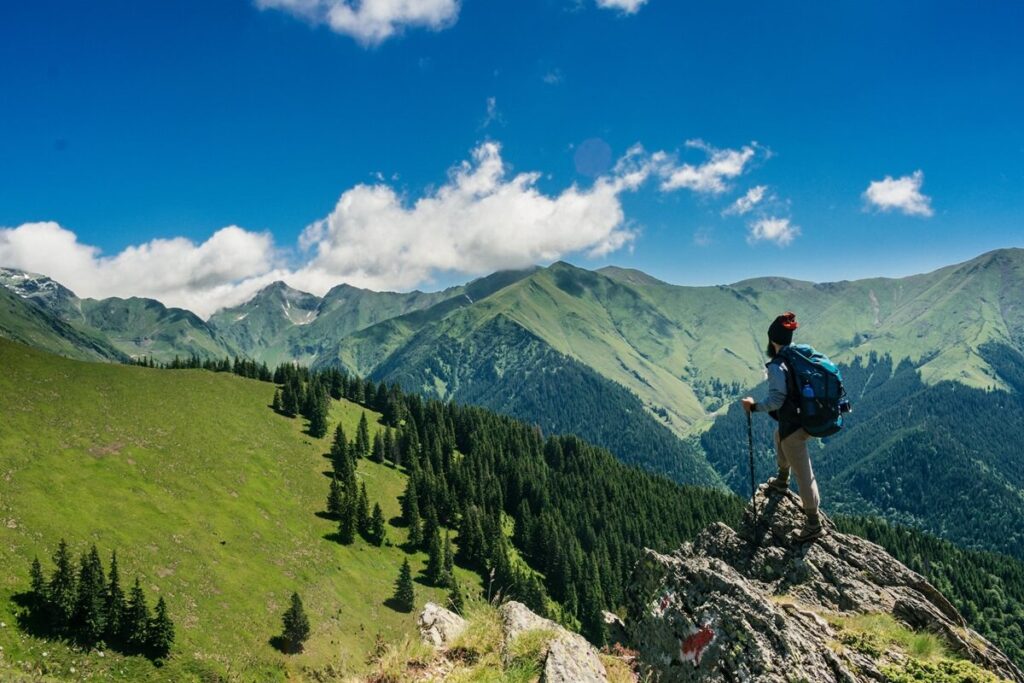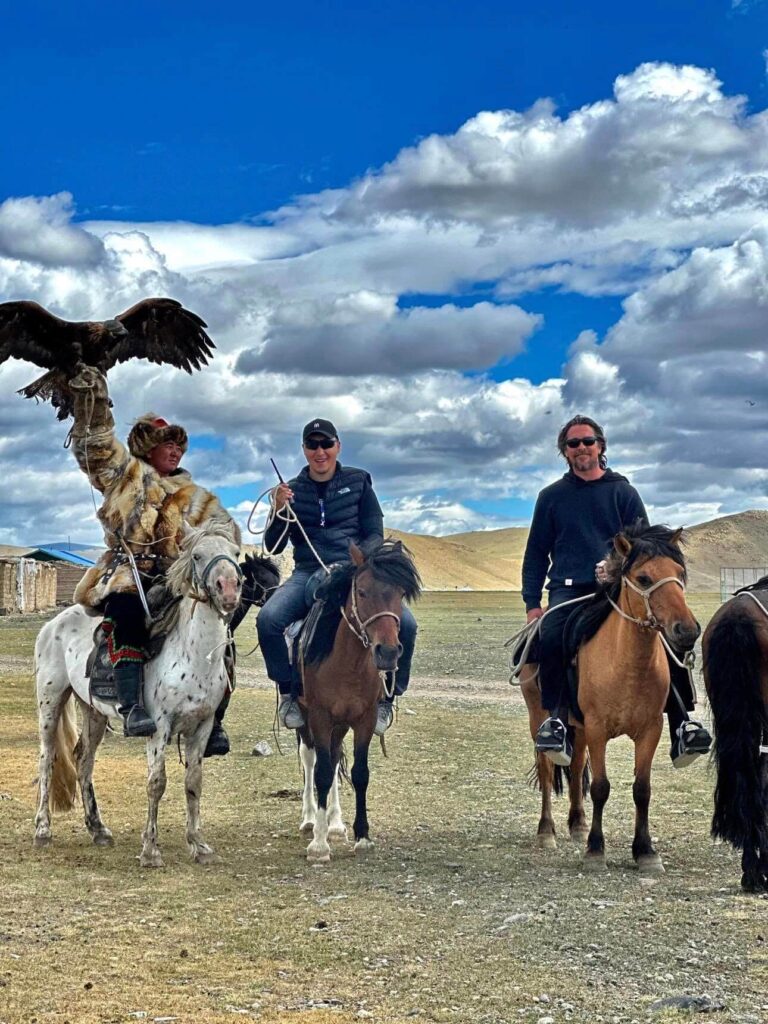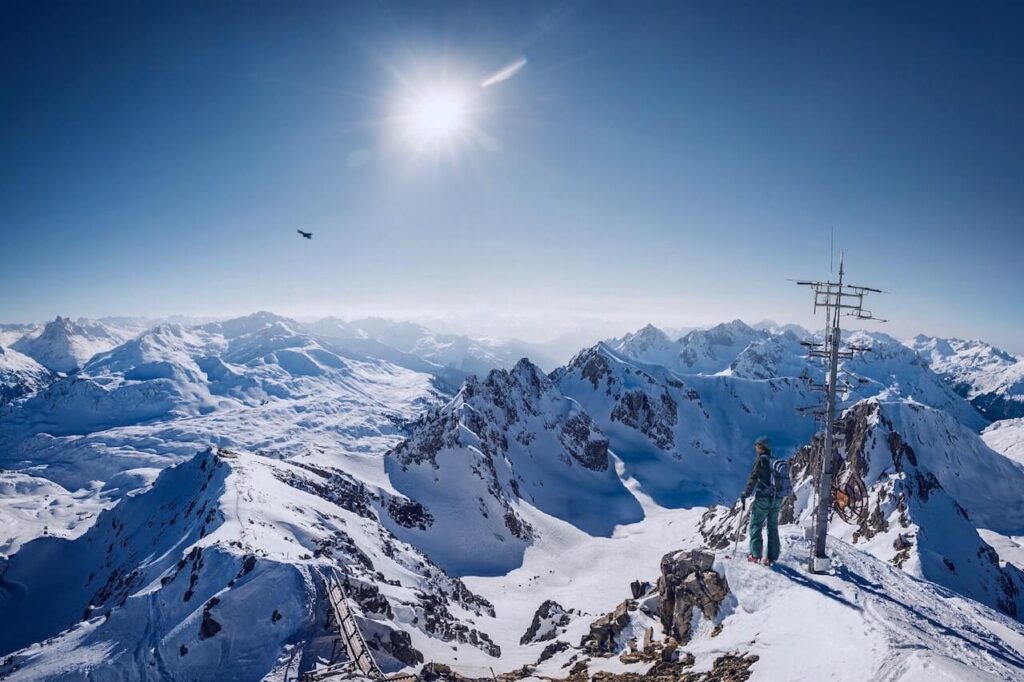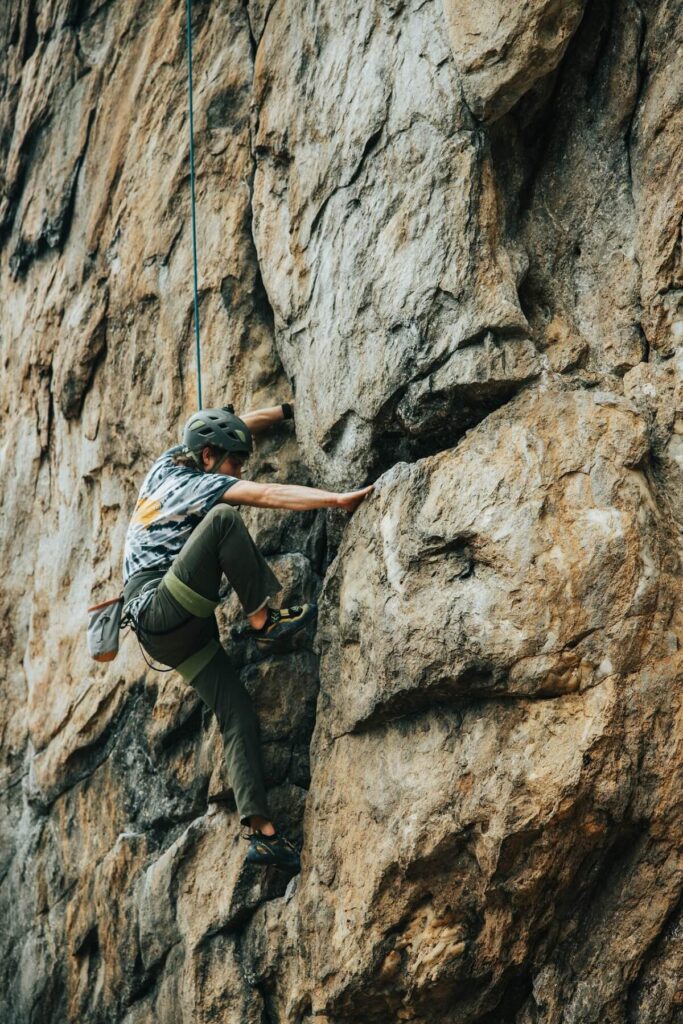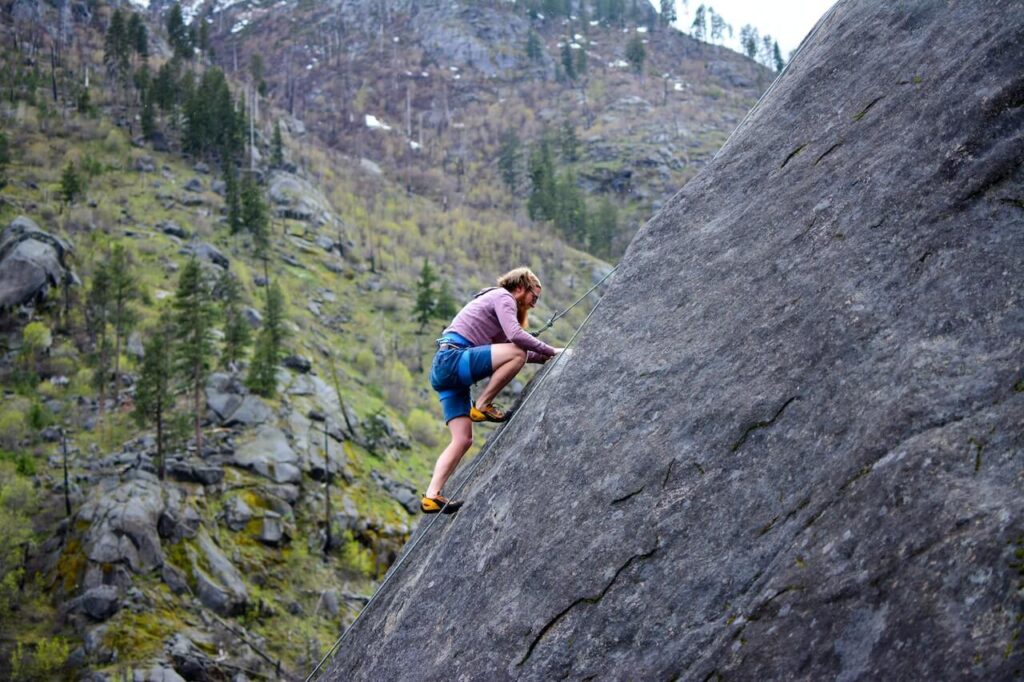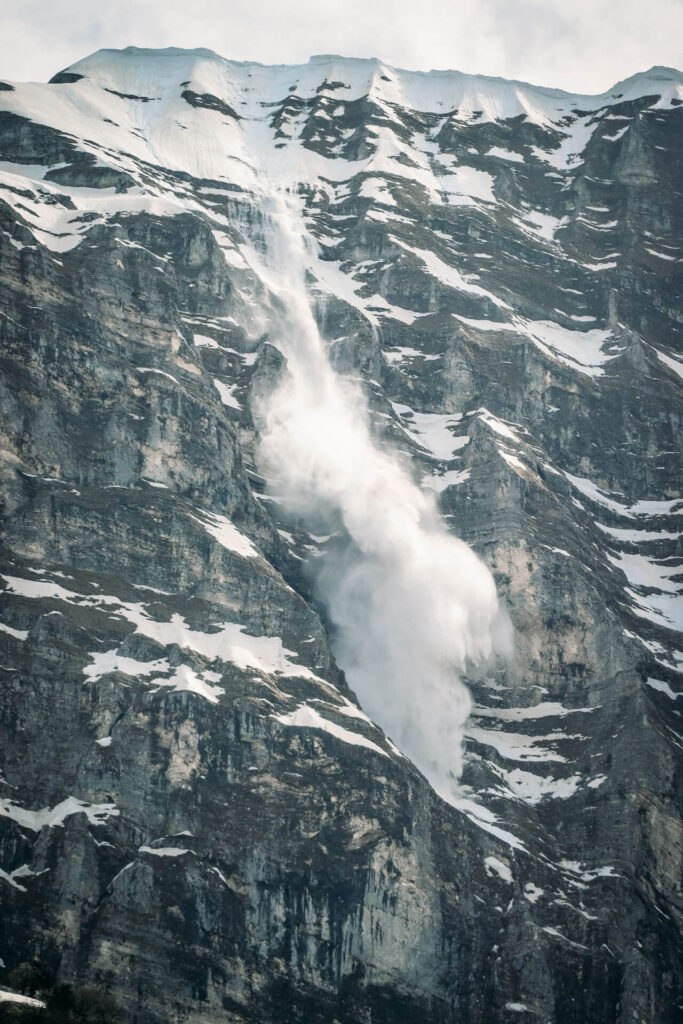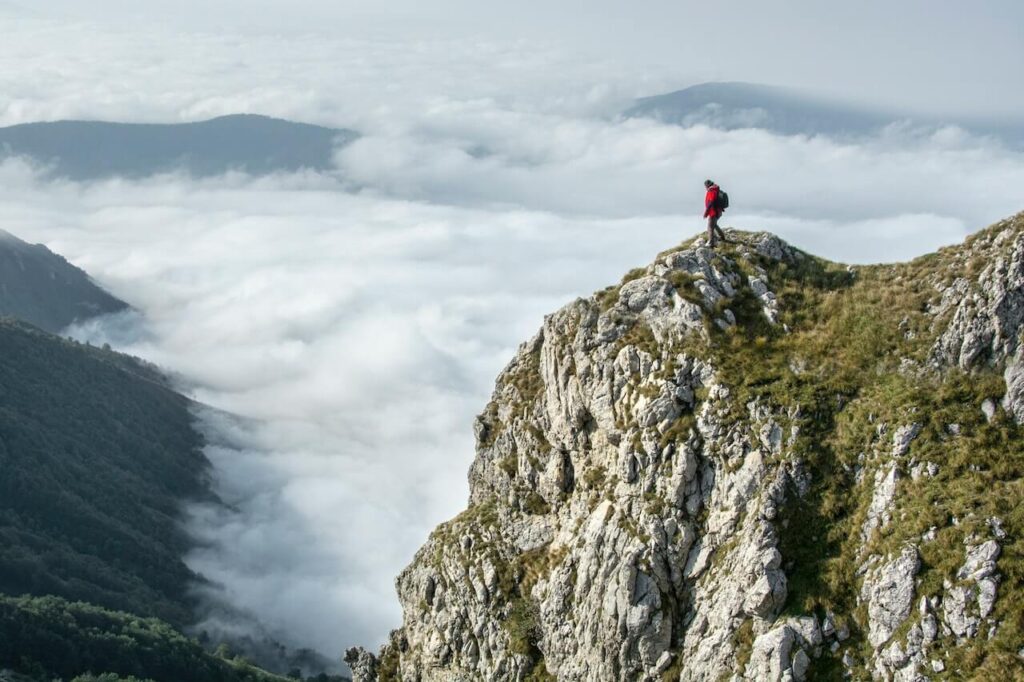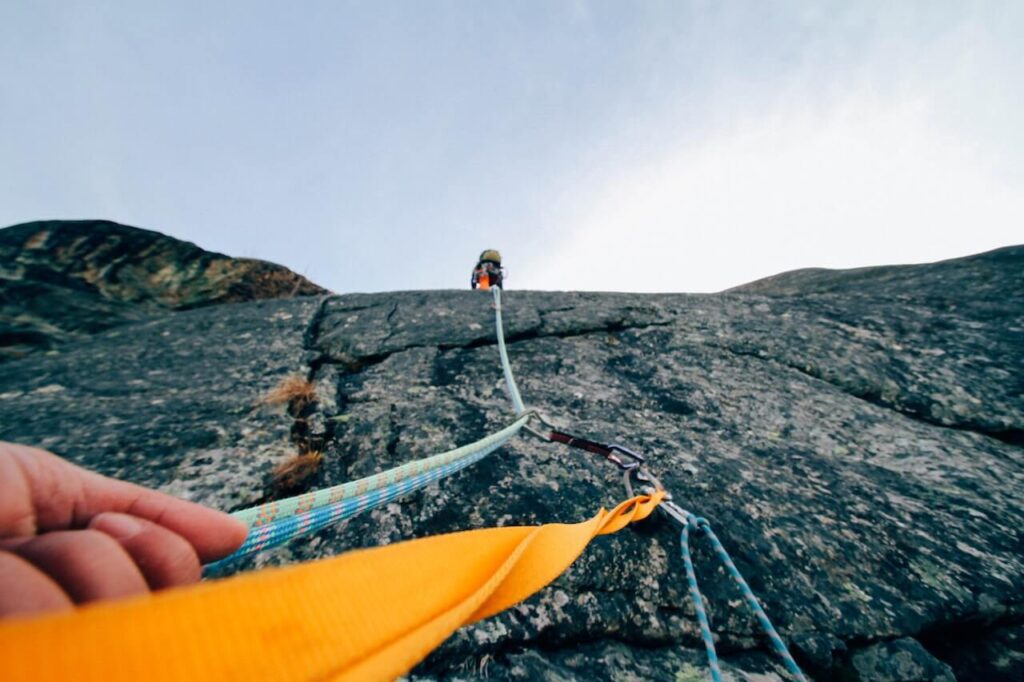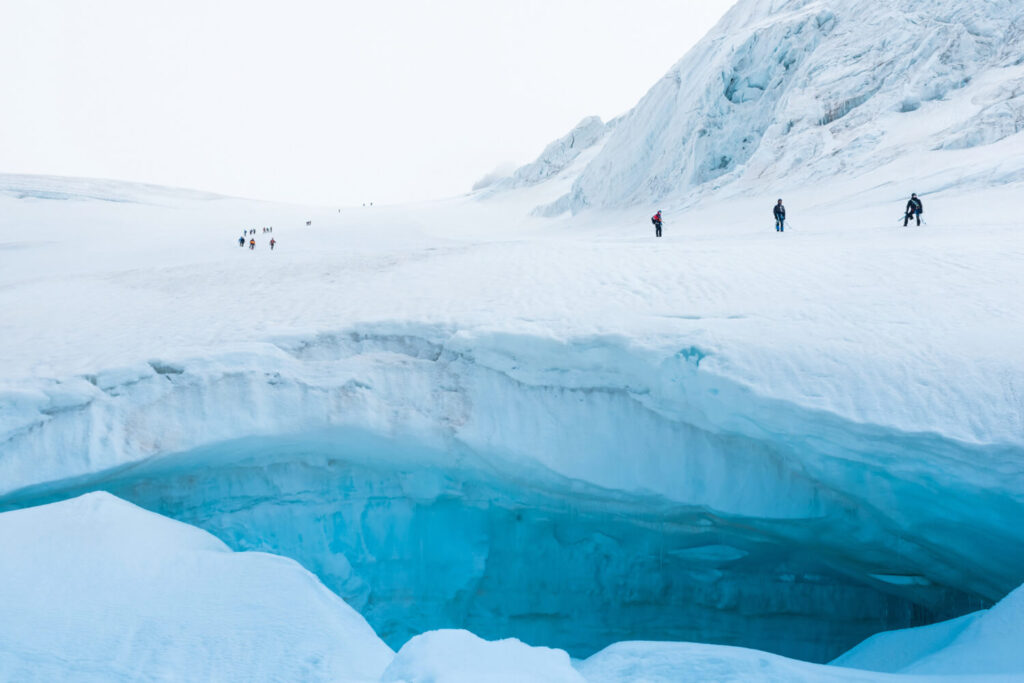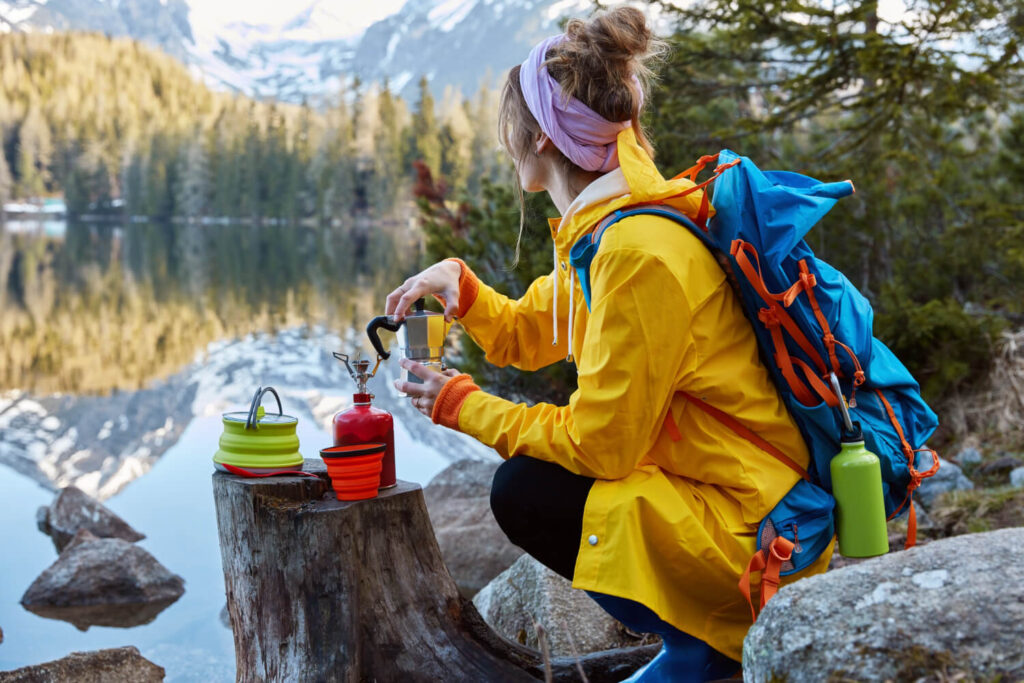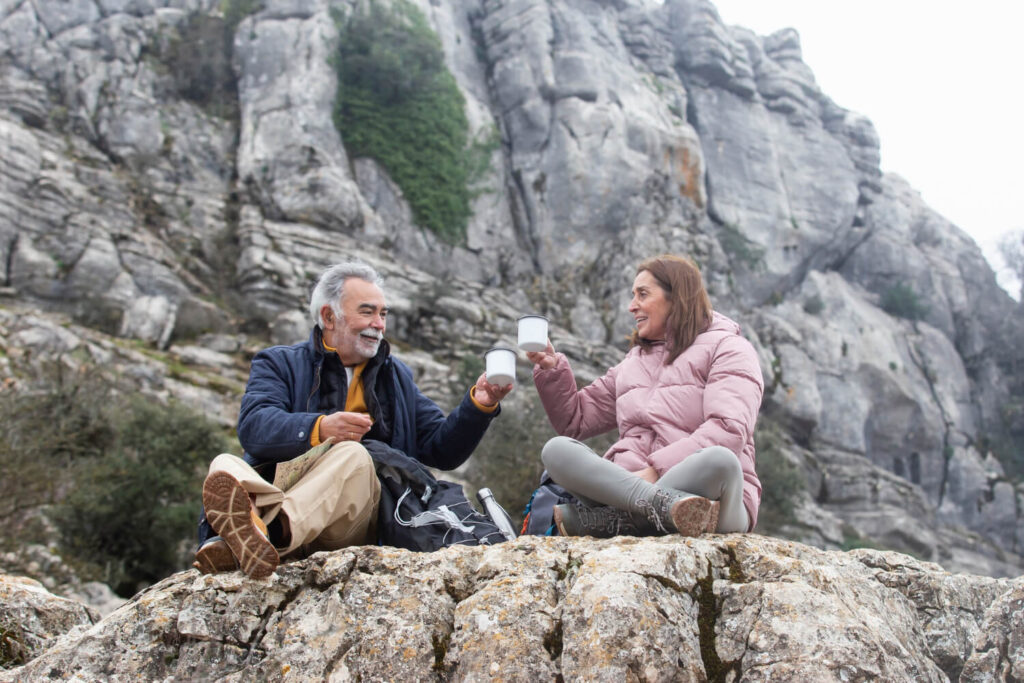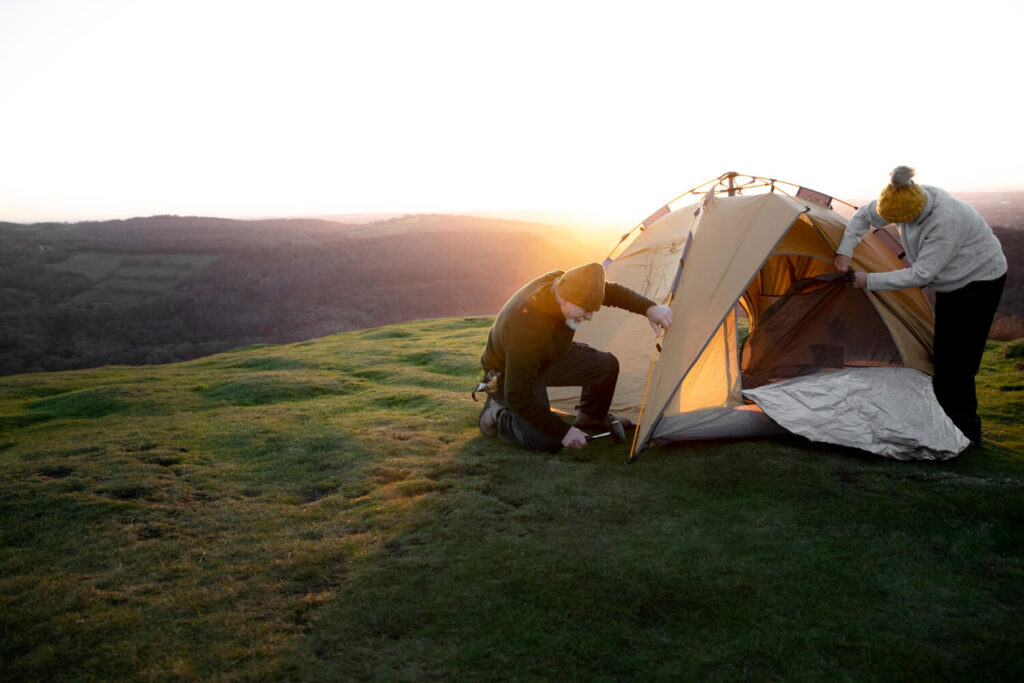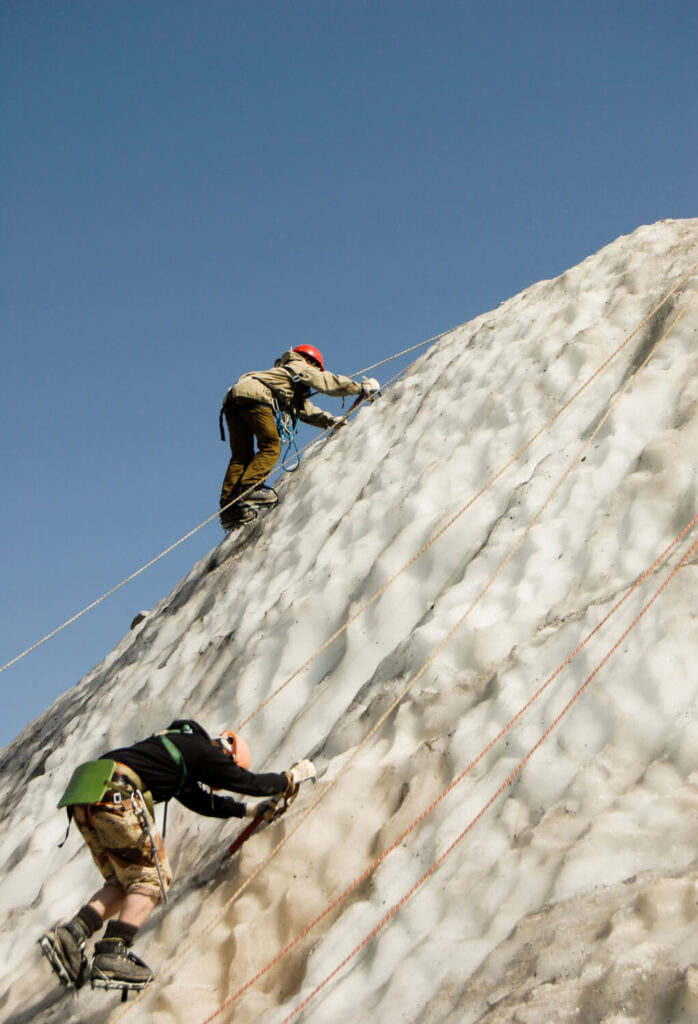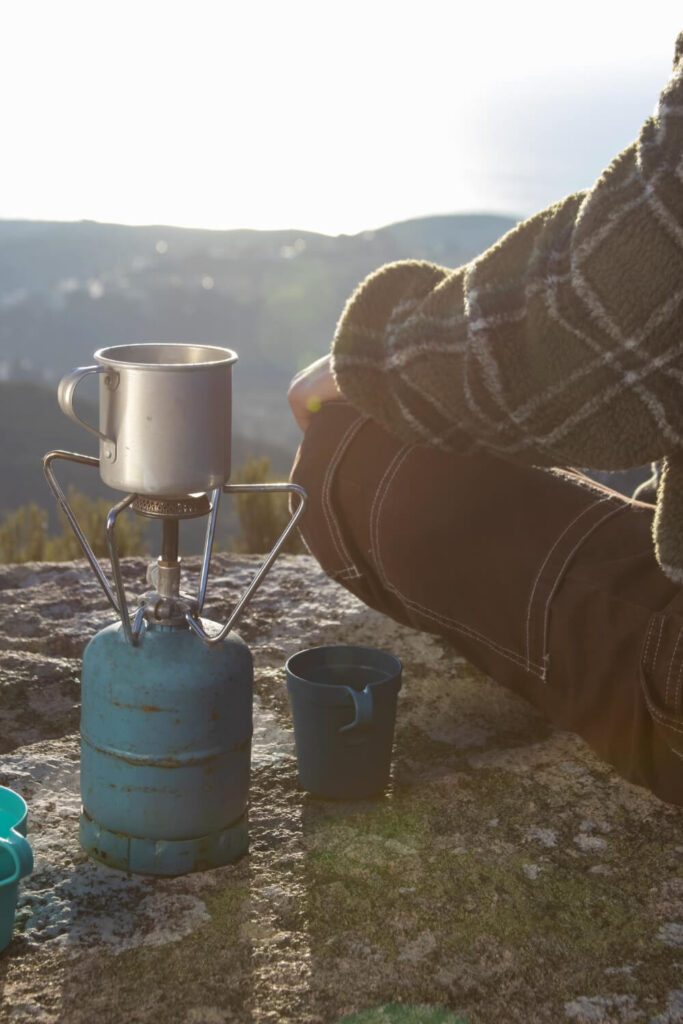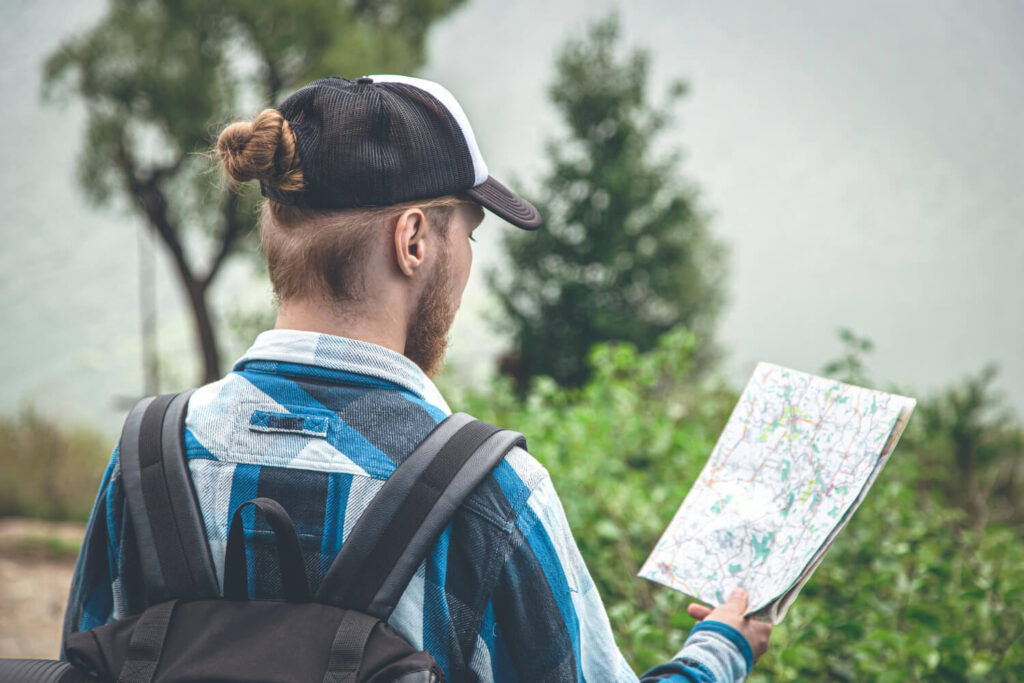Mountaineering is an activity that many people enjoy. It can be a great way to get outside and explore the world around you. However, before you head out on your first mountaineering trip, it’s important to do some preparation. In this article, we will provide you with 5 tips for preparing for your first mountaineering trip.
1.EVALUATE YOUR BODY’S CURRENT FITNESS LEVEL
Before attempting to train for mountaineering, it’s important to take a good look at your current physical condition. Make sure you have the strength and endurance necessary to make it up the mountain. If not, you’ll need to begin a regular strength and endurance training program that will get your body ready for mountaineering.
Training for mountaineering
- Increase Your Stamina
A key factor in successful mountaineering is having the stamina to make it up and down the mountain without getting too winded or exhausted. To increase your stamina, focus on activities that build both your aerobic and muscular strength and endurance, such as running, swimming, or cycling.
- Increase Your Strength
Climbing mountains requires a lot of upper body and core strength. To increase your strength, incorporate activities like push-ups, pull-ups, sit-ups, and other bodyweight exercises into your training regimen.
- Make training plan with expert trainer and stick with it.
In addition to developing your physical abilities, you should also create a training plan that outlines the steps you’ll take leading up to your mountaineering trip. A certified trainer can help you create a comprehensive plan tailored to your individual needs and goals. If you want to make your own training plan, make sure you do your research.
- Respect The Limitations of Your Body
It’s essential to listen to your body and its signals. If your body is telling you that it needs a break, make sure you take one. Regular rest and recovery are important for any training program, especially if your goal is mountaineering.
2.GO FOR LONG HIKES AND TRAIN IN EVERY TYPES OF WEATHER
In order to be truly prepared for your mountaineering trip, you should practice hikes in different elevations and weather conditions. This will help you get used to the terrain and also let you know what kind of gear and clothing you’ll need for different conditions. Also, make sure to familiarize yourself with the local flora and fauna of your summit.
3.PRACTICE SAFETY PRECAUTIONS
When mountaineering, it’s important to practice proper safety precautions such as always carrying a first aid kit and knowing what type of animals you might encounter on your trip. Make sure you know how to properly use any equipment you’ll be carrying, and always have a plan for if something goes wrong.
It is essential that you take your phone with you (sealed in a waterproof bag) when mountaineering, as it could save valuable time in the event of an emergency. Always be aware that network signal strength can be non-existent in some areas, so radios are essential for communication between party members who might not be able to see each other. They also enable mountain climbers to radio for assistance if necessary.
In a mountaineering emergency:
- Take your time and remain calm. A small mistake could quickly turn into a big problem if you’re not careful. Check the casualty’s condition and see if they can be treated and evacuated by us or if we need help from someone else. If we do need outside assistance, use your phone to call for it. If there’s no signal, somebody will have to go get help themselves.
- If you can, take the casualty to shelter and keep them warm and hydrated. Reassure them as much as possible. However, if you think they might have spinal injuries, don’t move them! And stay close to your ascent route. The mountain rescue team will look for you there first. If you absolutely need to find shelter, leave a sign pointing the way back to the ascent route.
4. PRACTICE YOUR TECHNICAL SKILLS & PLAN FOR YOUR ASCENT
You should also practice the technical skills needed for mountaineering, such as rope work and knot tying, selft belay, rappelling, ice climbing/crevasse rescue and other safety techniques. You can look for classes or instructional videos on these topics to help you perfect your skills.
Planning and preparing are key for a successful ascent. This is especially true if you want to have an enjoyable experience, rather than a harrowing one. Make sure to map out your route and put together the proper gear, even if you’re only planning on going for a short climb or expedition; in other words, don’t skimp on the details. Additionally, always check your equipment before leaving—you don’t want to find yourself midway up the mountain without an ice ax.
5.CHOOSE THE RIGHT CLOTHES FOR MOUNTAINEERING
Finally, make sure you choose the right clothes for mountaineering. You want to make sure your clothing is both warm and breathable, so you don’t overheat while hiking. Layering is key and always bring a waterproof jacket as protection from any unexpected weather changes.
You’ll want to invest in a good, strong pair of mountaineering boots before taking on any hikes. In the summer months, you might be able to get away with just a stiff pair of walking boots. However, come wintertime, you’re going to need crampon-rated boots for traction in the snow and ice. I recommend visiting an outdoor retailer who will be able tell you which kind of boot would best fit your needs.
By following these tips, you can make sure that your first mountaineering trip is safe and successful. Best of luck!

